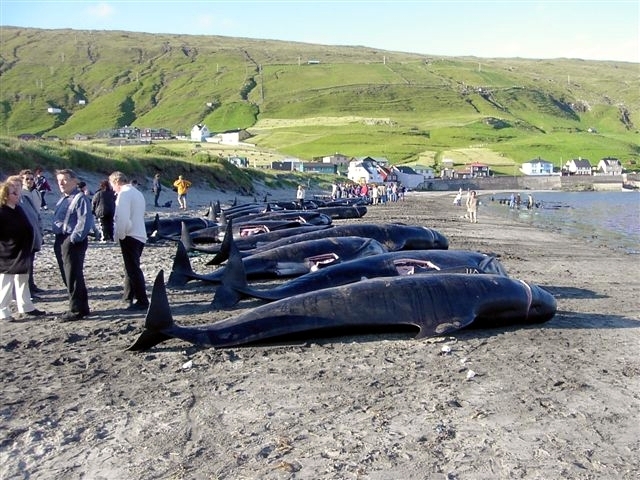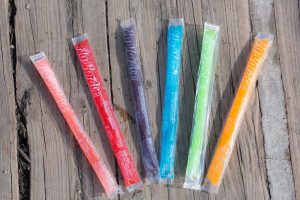Environmentalists decry slaughter of 1500 White-Sided Dolphins in traditional Faroe Islands hunt
September 17, 2021
On Sunday, September 12, the “grindadráp” hunt, a centuries-old tradition, occurred in Faroe Islands, volcanic islands located in the North Atlantic Ocean.
“Grindadráp,” commonly referred to as the Grind hunt, where locals participate in dolphin drive hunting, is a traditional way to hunt dolphins by herding pods towards land with boats where they are closed off from the sea and met with whalers at shore.
The practice is a non-commercial hunt as the dolphin meat and blubber is not exported, but kept and used by the community. Historically, because the Islands rely heavily on international imports, the ‘grindadráp’ hunt has been an economic relief.
The pilot whale population is extensive and the species is not considered to be endangered. According to the Faroese government website on whaling, “the pilot whale population in the eastern North Atlantic numbers some 380,000 animals, with 100,000 in the area around the Faroe Islands.”
Considering that the population of the Faroe Islands is around 50,000, and the average number of sea mammals killed each year is 600, this year, the tradition is facing backlash. According to Sea Shepherd UK, it was the largest single hunt of dolphins in Faroese history with a total of 1428 killed.
The numbers reported from the event surprised locals as well.
According to the BBC, it was explained by the Chairman of the Faroese Whalers Association, Olavur Sjurdarberg, that people were, “in shock about what happened,” and that the hunters overestimated the pod of dolphins, thinking that there were only 200. Whalers realized their mistake when they began killing the dolphins.
While the tradition is important to the culture and history of the Faroe Islands, many animal rights activists have criticized the Grind for years bringing this year’s slaughter even more attention.






